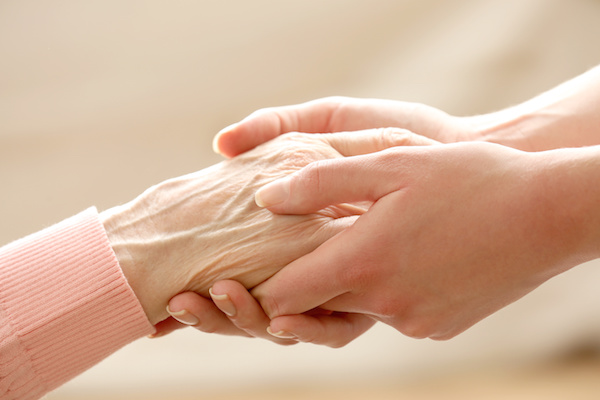
TUESDAY, Jan. 25 (HealthDay News) — Longevity isn’t increasing as fast in the United States as it is in other developed countries, says a new report that points a finger at high rates of smoking and obesity.
For 25 years, U.S. life expectancy at age 50 has increased, but more slowly than in most of the other 21 countries studied, including Japan and Australia, notes the report from the National Research Council, an arm of the U.S. National Academy of Sciences.
Since the United States spends more on health care than any other country, this slowed pace is striking, said report co-author Samuel H. Preston, a professor of demography at the University of Pennsylvania. The results are “surprising in terms of our self-concept,” he added.
“We determined the most likely source of our shortfall is cigarette smoking, particularly the heavy amount of smoking done by American women,” he said.
“Obesity also appears to be important, but we are less certain of its role,” he added. “We are the heaviest country in the Western world.”
For U.S. women, life expectancy at age 50 is 33.1 years, while it’s 35.5 on average for women in Japan, Australia, Sweden and Switzerland, Preston said. “And we are a couple of years behind France, Italy and Spain. Men are not as far behind, maybe 1 to 1.5 years behind the leaders,” he added.
Fifty years ago more Americans smoked than Europeans and Japanese, and this difference still affects life expectancy today. A similar effect from smoking is seen in shortened lifespans in Denmark and the Netherlands, according to the report.
The effects of smoking on mortality rates take up to 30 years to be seen, so life expectancy for U.S. men will probably improve in coming decades because fewer men have been smoking over the last 20 years, the report says.
Among women, whose smoking habits peaked later than men’s, lifespan increases will likely be slow during the next decade.
Although the exact contribution of obesity to shortened lifespan isn’t known, it might be responsible for one-fifth to one-third of the life expectancy gap between the United States and other developed countries, the report says.
Moreover, the obesity epidemic could make the years gained by reduced smoking moot, according to the report. However, recent data find the obesity epidemic leveling off and the risk of death associated with obesity may be in decline, the authors say.
“It’s clear that our behavioral patterns are not what would lead to optimal health,” Preston said. “That’s partly a reflection of personal decisions. It’s perhaps a reflection that we are not doing a good job in preventive medicine.”
While lack of access to health care also affects lifespan, this is less of a factor because those over 65 have access to Medicare, the report notes.
Among aging Americans, cancer and cardiovascular disease remain the main causes of death, and diagnosis and survival rates from these diseases appear to be better in the United States than in most other industrialized countries, the report says.
Hormone replacement therapy did not appear to influence women’s longevity, nor did social ties seem to have a bearing on life expectancy, the authors say.
However, the report, titled Explaining Divergent Levels of Longevity in High-Income Countries, suggests that gaps in research make it difficult to draw hard and fast conclusions about how factors such as diet, physical inactivity and social integration affect longevity.
Dr. David L. Katz, director of the Prevention Research Center at Yale University School of Medicine, said he believes the shortfalls revealed in the report are indicative of a problem much deeper than personal behaviors such as overeating and smoking.
“While we are an affluent country, we tolerate and even propagate enormous economic disparities. A large volume of research suggests that disparities in wealth predictably create disparities in health,” he said.
What Americans call a health-care system is predominantly a disease-care system, focused on the treatment of disease after it develops, Katz said.
“Health is more about what happens in communities and homes, schools and supermarkets, restaurants and churches, than emergency rooms and cardiac care units,” he said.
“Only when we confront the widening divide between haves and have-nots in the U.S., and invest in health promotion programming in the places people work and learn and play, will this kind of comparison to our peers prove less embarrassing,” Katz said.
More information
For more information on life expectancy, visit the U.S. Centers for Disease Control and Prevention.

